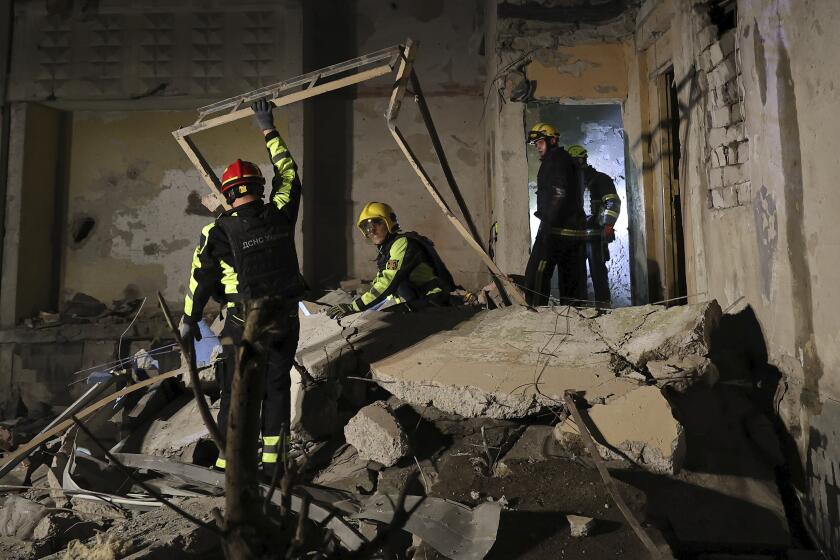What’s Really Going On With Teens
Parents drastically underestimate their teenage children’s exposure to and use of drugs and alcohol, according to survey results released Thursday by the National Center on Addiction and Substance Abuse at Columbia University.
Eighty percent of parents surveyed said they did not think alcohol or marijuana were usually available at the parties their teens attended, the study found. But half of teens who attended at least one party a month said they went to events where alcohol, drugs or both were present.
Unlike the center’s past surveys that measured substance abuse itself, this report looks at the role parental supervision can play in teen drinking and drug use.
The center’s president, Joseph A. Califano Jr. said that substance abuse increased with drug availability and that parents, many of whom take the attitude of “not my child,” were often unaware of the problem and sometimes enabling it.
“Parents, wake up and smell the pot and beer,” he said.
Ninety-nine percent of parents surveyed said they would not allow their teen to serve alcohol at a party, but 28% of teen partygoers said they had attended events where parents were home and teenagers were drinking.
And, by age 17, 46% of teen partygoers said they had been to at least one party where drinking and the use of drugs, including marijuana, cocaine, Ecstasy and prescription medications, occurred while a parent was there.
About 38% of teens surveyed said they never attended parties.
Califano cited a variety of reasons that may account for the discrepancy between what parents think is happening and what is really happening: youths sneaking in alcohol or raiding their parents’ medicine cabinets, parents not being honest in their survey answers, and parents being present but in a part of the house removed from the party.
“You can just imagine the kids saying, ‘Please, Mom, please. Dad, don’t embarrass me,’ ” he said.
“Parents want to be pals,” Califano added. “They want to get along with their teenagers.”
Nearly 1,300 teens ages 12 to 17 completed the survey -- 591 boys and 706 girls. Of those, 255 were Latino and 250 were African American. Also surveyed were 562 parents; 470, or 84%, had children who also completed the survey.
The findings showed almost no difference in drug exposure or abuse between boys and girls or among teens living in urban, suburban and rural areas.
But it revealed a racial disparity, particularly among the youngest teens. One in five Latino and African American 12- and 13-year-olds surveyed said they had been offered drugs -- three times as many as white teens the same age.
According to the American Academy of Child and Adolescent Psychiatry, parental education and guidance can help curb substance abuse by teenagers. But other factors that can increase the likelihood teens will drink or use drugs -- depression, low self-esteem and history of abuse -- may be outside the realm of parenting.
The National Center on Addiction and Substance Abuse survey did not address these or other systemic issues, such as socioeconomic background, that may affect parents’ abilities to monitor their teens.
Califano acknowledged that single-parent homes or homes where parents must work multiple jobs could complicate the situation. But, he said, those factors only partially account for teens’ risk for drug abuse or parents’ complacency.
“We’re aware of all these issues,” Califano said. “Poverty is a factor, but so is affluence. [Some teens] have too much money.”
More to Read
Sign up for Essential California
The most important California stories and recommendations in your inbox every morning.
You may occasionally receive promotional content from the Los Angeles Times.









